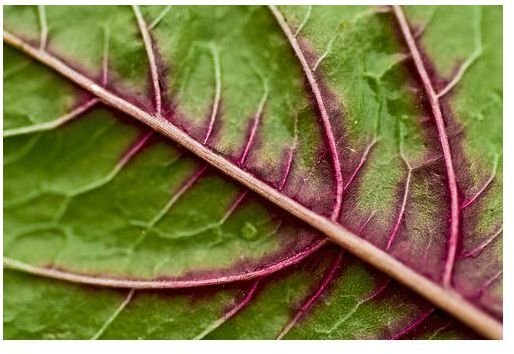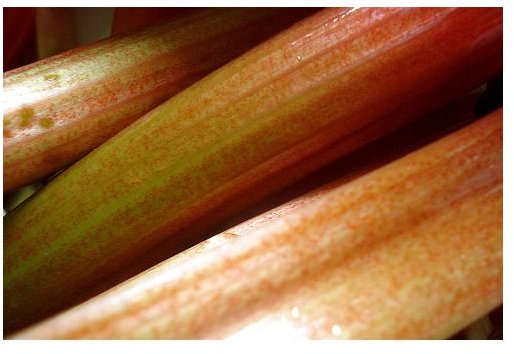Foods High in Oxalic Acid to Be Aware Of
What Are Oxalates?
Oxalates are natural compounds found in fruits, vegetables, nuts, grains, and legumes, as well as animal and the human body. Certain compounds, such as vitamin C, are converted into oxalic acid. In normal amounts, oxalates (oxalic acid combined with metal salts) are not harmful. In excess, they may cause problems, especially for people who already have certain health problems. Which foods are high in this substance? Who should be aware of these high oxalate foods?
The Effect of Oxalic Acid
What does oxalic acid do in the body? Why should some people be aware of getting too much from food? Oxalic acid can combine with other substances in the body, such as magnesium or calcium, forming oxalates. As an unnecessary nutrient, these compounds are excreted from the body through the urine. As the majority of kidney stones are actually calcium oxalate crystals, it is possible that a high amount of oxalic acid can contribute to the formation of stones or cause problems for the kidneys. This is why people who have had kidney stones in the past are sometimes told to cut back on foods high in oxalic acid.
It is also possible that eating these foods has no effect on the formation of stones. In fact, black tea, which has a high oxalate content, is known to help prevent stones. It is merely an observation and potential connection that people should be aware of.
People who suffer from joint problems may also be more vulnerable to the effects of oxalates in the body. It is sometimes suggested that people who suffer from carpal tunnel syndrome, rheumatoid arthritis, or gout should limit their consumption of oxalic acid from food.
Foods Known to Be High in Oxalates
The following foods have higher amounts of oxalic acid:
-
Spinach
-
Swiss chard
-
Asparagus
-
Rhubarb
-
Beet greens

-
Parsley
-
Okra
-
Quinoa
-
Fish
-
Cocoa
-
Black tea
-
Leeks
Berries, grapes, kiwi, summer squash, soy, almonds, cashews, peanuts, and wheat bran contain moderate amounts.
Tips for Healthy Eating
All of these high oxalate foods are also nutrient-rich foods that should be a part of a healthy diet. Is it really necessary to limit these foods if you have joint or kidney problems? Removing them from the diet is not necessary, unless your doctor tells you to do so. Eating these foods in moderate amounts, but being aware of the possible effects may be the wisest option. Take note of how your body reacts to consuming or limiting those foods that have higher amounts of oxalates. Does joint pain and inflammation increase? Are kidney stones a regular problem? If you do have painful joints or kidney damage, talk to your doctor about how much you may or may not need to alter your diet. Also, keep in mind cooking does reduce the amount of oxalic acid in food.
References
Balch, Phyllis, CNC. “Prescription for Nutritional Healing, 4th Edition.” (The Penguin Group, 2006).
World’s Healthiest Foods https://www.whfoods.com/genpage.php?tname=george&dbid=48
Oxalic Acid and Foods https://oxalicacidinfo.com/
photo by Net Efekt
photo by Steward Butterfield
